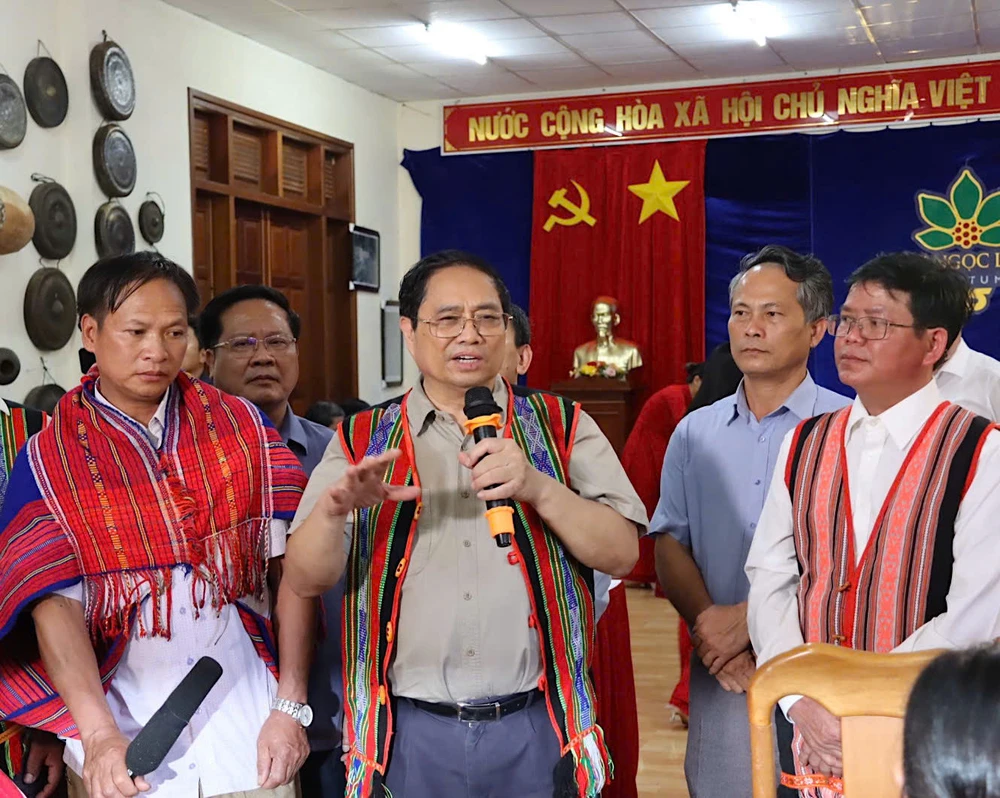
Reporter: "How did Tu Mo Rong begin its development journey amidst so many difficulties, sir?"
Mr. Vo Trung Manh, Chairman of the People's Committee of Tu Mo Rong District: Tu Mo Rong District was established on June 9, 2005, based on the separation from Dak To District. In the early days, the locality faced many difficulties: inadequate infrastructure, difficult transportation, low literacy rates, and outdated farming practices.
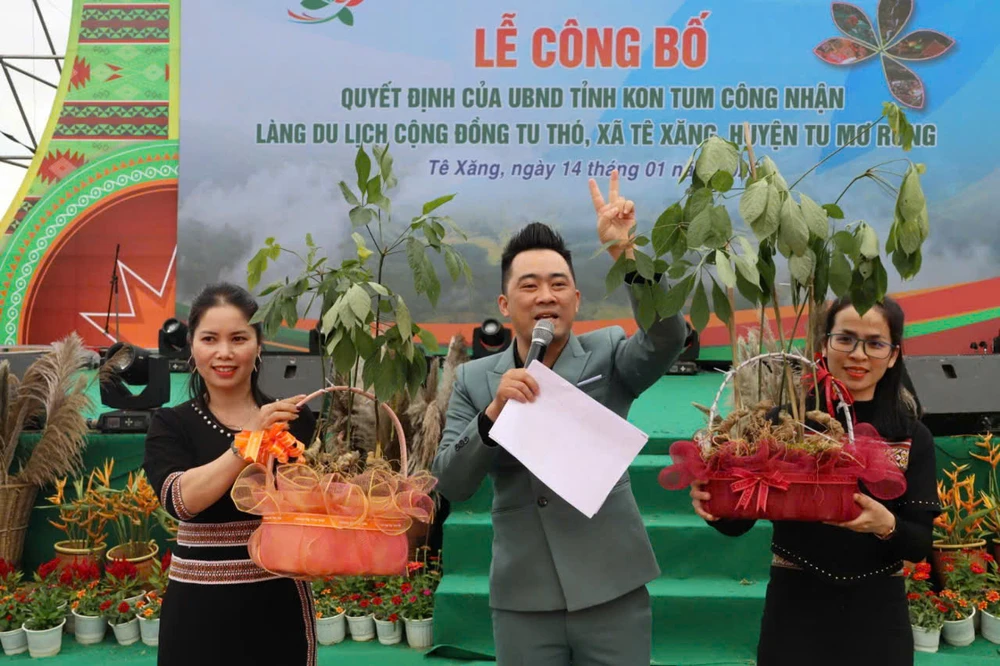
95% of the population are ethnic Xơ Đăng people, mainly living on subsistence agriculture and lacking access to modern technology. In particular, natural disasters occur frequently, such as Typhoon No. 9 in 2009, which caused heavy losses of life and property.
Reporter: What direction has Tu Mo Rong chosen to exploit its potential and create breakthroughs?
Mr. Vo Trung Manh, Chairman of the People's Committee of Tu Mo Rong District:
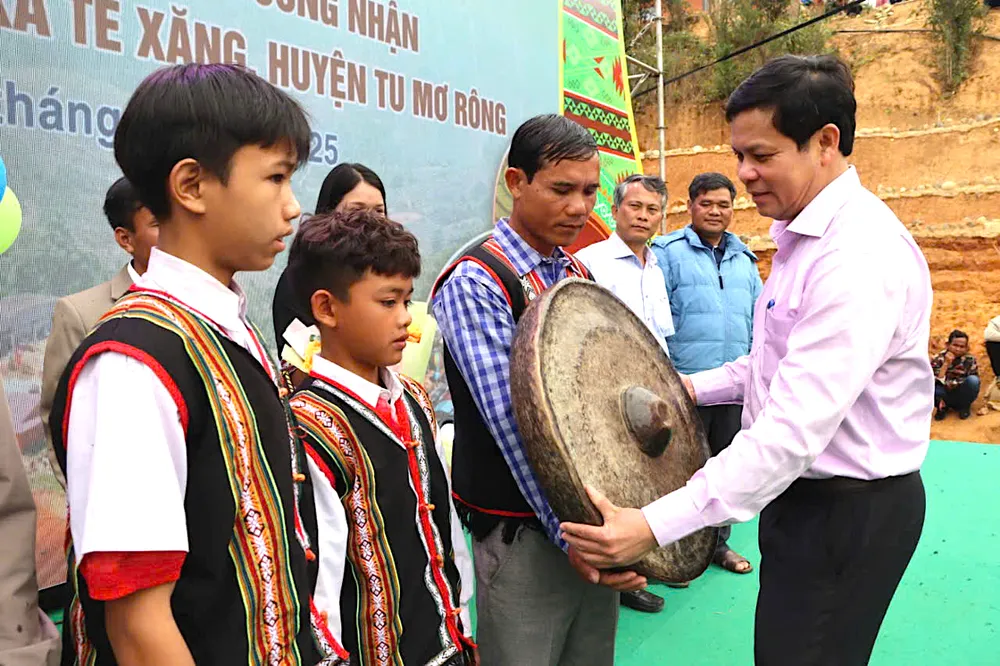
Through successive Party Congresses, Tu Mo Rong district has gradually shaped its own development path, suited to the local natural and social conditions. From being dependent on cassava and rice, the district has boldly shifted to high-economic-value crops such as cold-climate coffee, medicinal herbs, and especially Ngoc Linh ginseng – a national treasure of Vietnam.
The district has clearly defined its sustainable development strategy as protecting and developing forests, cultivating medicinal plants, raising livestock under the forest canopy, and linking it with tourism development. This direction has also received strong support from the local people.
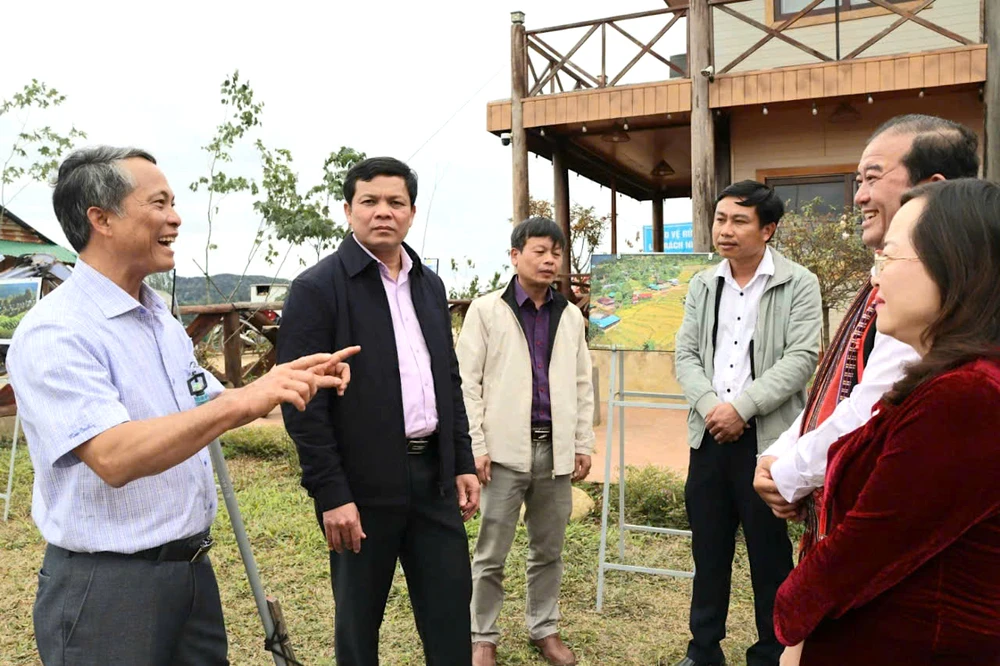
To realize the sustainable development orientation, the district actively attracts businesses and cooperatives to participate in production linkages and develop medicinal plants, thereby helping people have more opportunities to build their own ginseng gardens. Along with agricultural development, we are promoting ecotourism associated with the preservation of the Xơ Đăng cultural identity, gradually forming a sustainable development model based on the pillars of: afforestation, livestock farming, medicinal plants, and tourism.
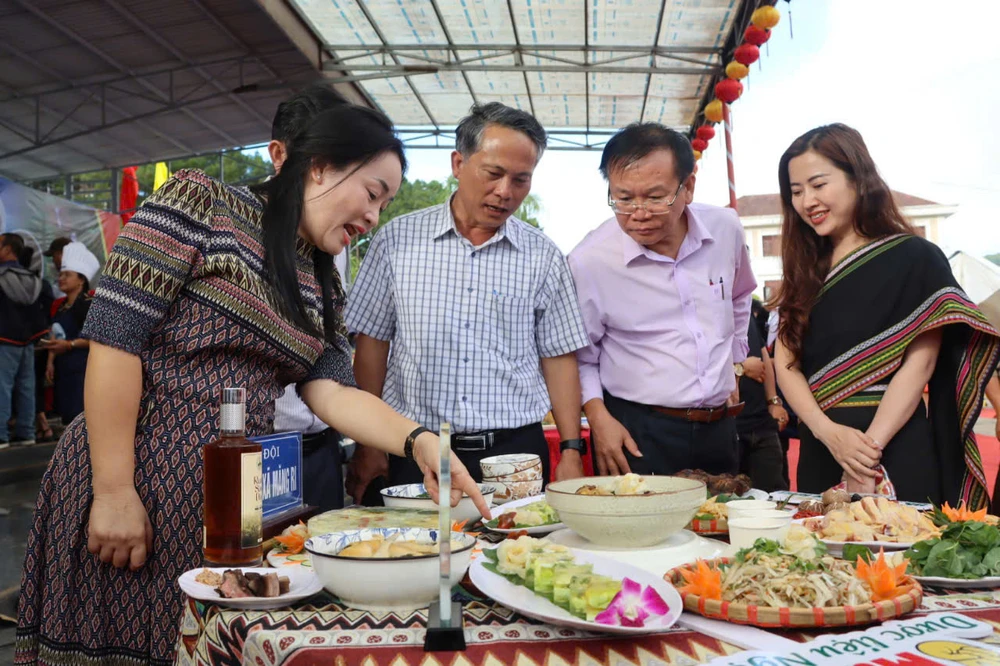
The "One Commune, One Product" (OCOP) program has become a key strategy, contributing to building the brand for Ngoc Linh ginseng and other valuable medicinal herbs. Many products have received quality certifications and have been promoted by the district at trade fairs inside and outside the province, bringing Tu Mo Rong medicinal herbs closer to consumers nationwide and internationally.
Simultaneously, the locality has focused on investing in the development of transportation infrastructure reaching all production areas; installing street lighting in all 86 villages; upgrading school facilities; and improving the quality of healthcare and social welfare. Boarding school models and meal support for students in disadvantaged areas have significantly contributed to improving the quality of education. Model residential areas such as the Tu Thó resettlement area (Tê Xăng commune), Ba Khen – Long Tro (Văn Xuôi commune), and Mô Za village (Ngọc Lây commune) have transformed the face of the mountainous rural areas.

In the context of digital transformation, what steps has Tu Mo Rong district taken to adapt, sir?
We are promoting the application of digital technology in both state management and people's lives. In administration, we organize in-depth training on artificial intelligence (AI) for officials and civil servants, helping to improve their skills in using digital tools in management and document processing, aiming to best serve the people.
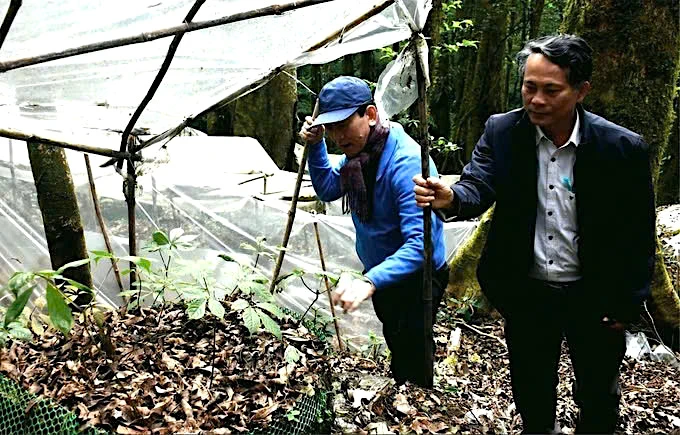
In production, we guide farmers to sell their products through e-commerce platforms, use QR codes for traceability, and organize live streams to introduce products. Free Wi-Fi is installed in communal houses and community centers in 60 villages to make it easier for people to access technology.
The district has mobilized its sister units to provide online teaching equipment, creating conditions for students in remote areas to connect with teachers in Ho Chi Minh City and Kon Tum. This contributes to overcoming the teacher shortage and helps students access modern teaching methods from excellent teachers in the city.
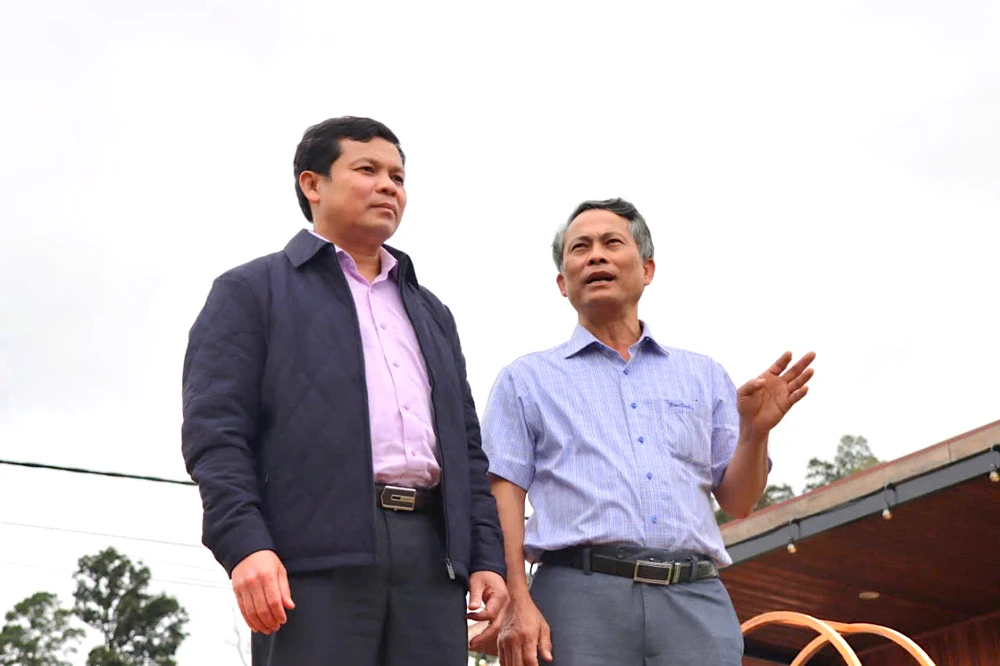
After nearly 20 years of construction and development, what do you consider to be the most significant achievements of Tu Mo Rong district?
After 20 years of development, Tu Mo Rong has risen to become one of the three key medicinal plant growing areas in Kon Tum province, with over 4,000 hectares, including more than 3,000 hectares of Ngoc Linh ginseng – the largest in the country. A series of "firsts" have been recorded: the largest area of Ngoc Linh ginseng cultivation, the most billionaires from the Xo Dang ethnic group thanks to Ngoc Linh ginseng, the most processed medicinal products, and the largest ginseng garden tourism model in the world…
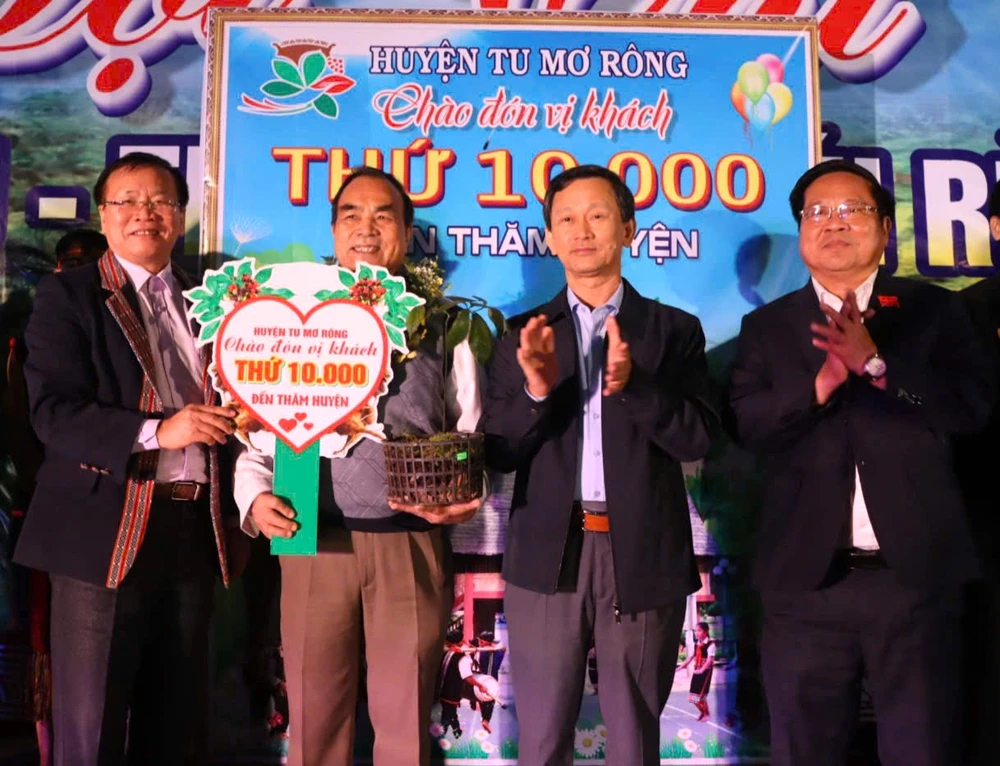
Tourism has also flourished, transforming Tu Mo Rong from a place with virtually no tourists into an attractive destination, drawing approximately 10,000 visitors per year. Community-based tourism destinations have been established in Tu Tho village (Te Xang commune), Dak Chum 1 (Tu Mo Rong commune), Le Vang (Dak Na commune), etc.
Average per capita income increased sharply, from 18 million VND/person/year to 47 million VND/person/year. District budget revenue also grew significantly, from 40 billion VND to nearly 70 billion VND.
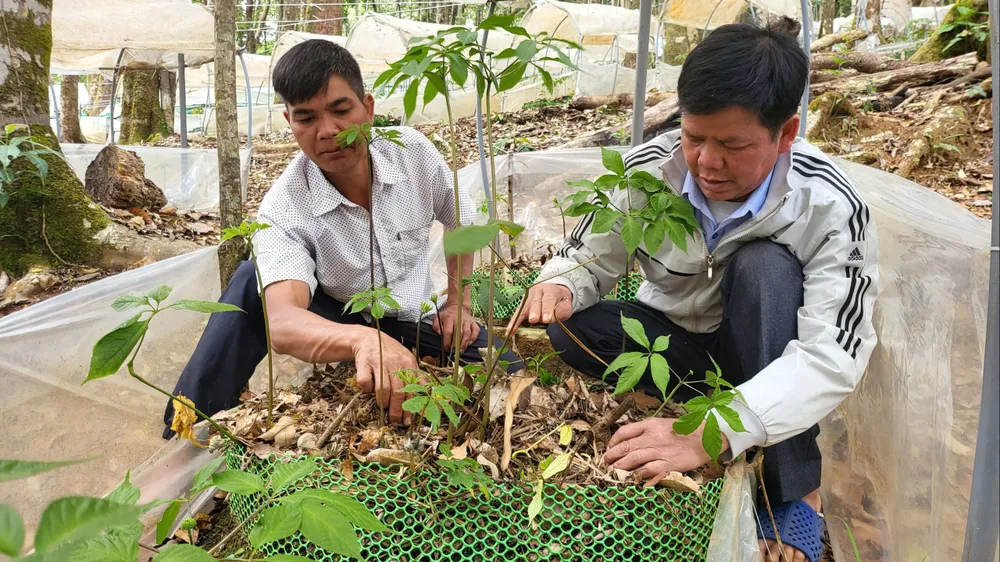
The percentage of poor and near-poor households was over 70% when the district was established, but now it is below 30%.
Most encouragingly, the mindset of the people in the remote areas of Tu Mo Rong has clearly shifted towards a more civilized, efficient, and value-oriented approach. From a self-sufficient production system and deforestation for slash-and-burn agriculture, the people now appreciate, protect, and restore the forests to develop a green economy, creating a valuable buffer zone for the cultivation of medicinal plants, especially Ngoc Linh ginseng.
The mindset of waiting and relying on state investment is gradually being replaced by a spirit of proactive economic development. People are boldly borrowing capital and using their accumulated savings to invest in ginseng cultivation.
Outdated customs were essentially eliminated, and sick people received treatment at medical facilities.
Significant achievements have been made in preserving and promoting the cultural identity of the Xơ Đăng ethnic group. Traditional festivals, folk arts, and activities in cultural villages have been maintained and developed, contributing to the revival of the unique cultural beauty of the local community.
Looking back on Tu Mo Rong's development journey, he wants to express his gratitude to those who have accompanied the district on that journey.
Throughout Tu Mo Rong's development over the past 20 years, we have always cherished and been grateful for the special attention of the Party and State leaders. Thanks to preferential investment policies for remote areas and ethnic minority regions, Tu Mo Rong has been able to gradually improve its infrastructure, raise the living standards of its people, and create momentum for sustainable development.
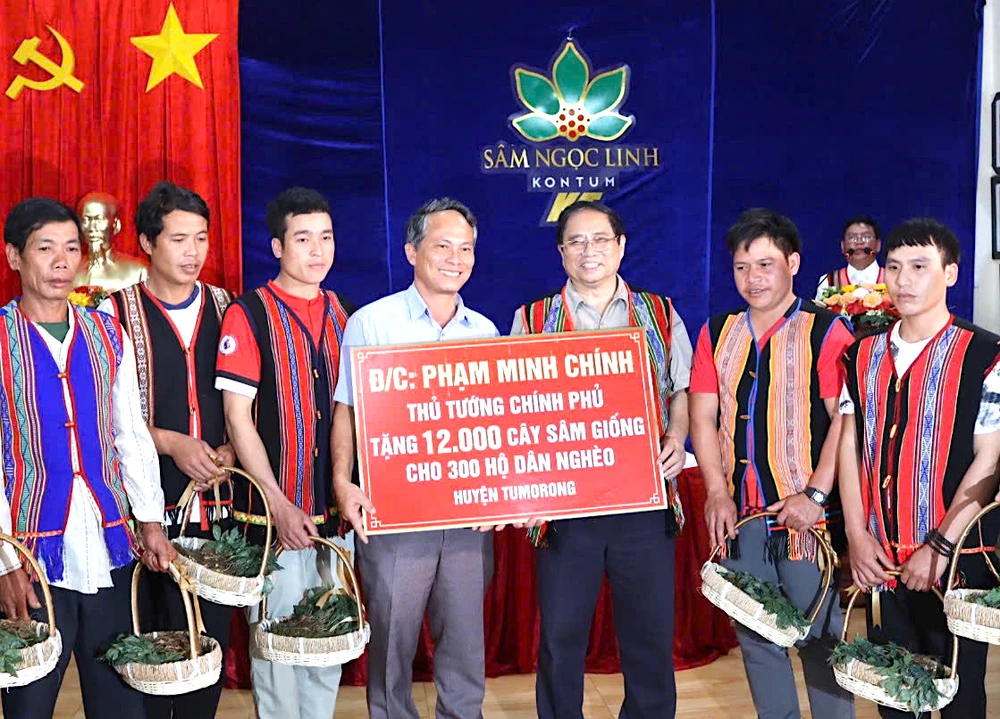
We would also like to express our deepest gratitude to the leaders of the Kon Tum Provincial Party Committee, Provincial People's Council, and Provincial People's Committee for their continuous support and strategic guidance in development, tailored to the unique natural and social conditions of the district. In particular, their attention and support in terms of resources, mechanisms, and policies are crucial factors in enabling the district to realize its development goals.
Finally, we would like to express our gratitude to the Xơ Đăng people for their unwavering trust and solidarity with the local government in overcoming difficulties, boldly changing their mindset and approach to progress. This consensus is the solid foundation for Tu Mơ Rông to continue moving forward in the future. This achievement is the culmination of the joint efforts and unity of purpose between the Party's will and the people's aspirations.
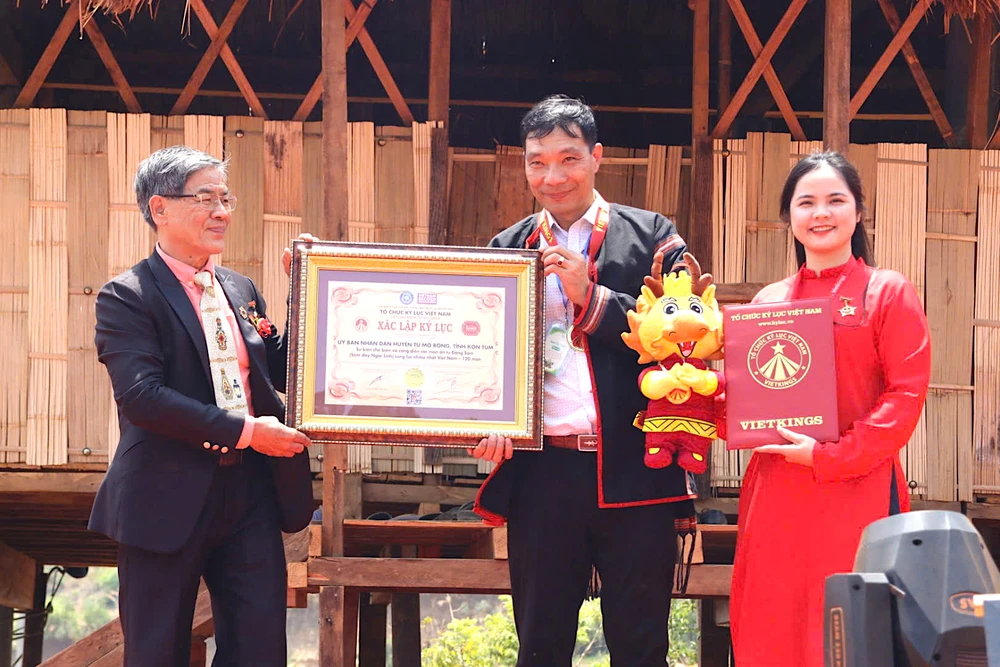
What are the district's future plans, especially with the policy of reorganizing administrative units?
According to the administrative reorganization plan of Kon Tum province, Tu Mo Rong district will gradually transform its model, moving towards eliminating the district level and retaining only four communes. This is an important step in the process of restructuring administrative boundaries, aiming to streamline the apparatus, improve management efficiency, and move towards sustainable development. After 20 years of construction and development, Tu Mo Rong has built a solid foundation to enter this transformation phase.
This represents a positive change in the awareness, mindset, and practices of officials and the people; a strong development in the economy, society, and culture. Notably, this includes the formation and replication of effective economic models, especially the development of medicinal plants and Ngoc Linh ginseng. Infrastructure has also been continuously invested in and upgraded, creating favorable conditions for the development of the communes.
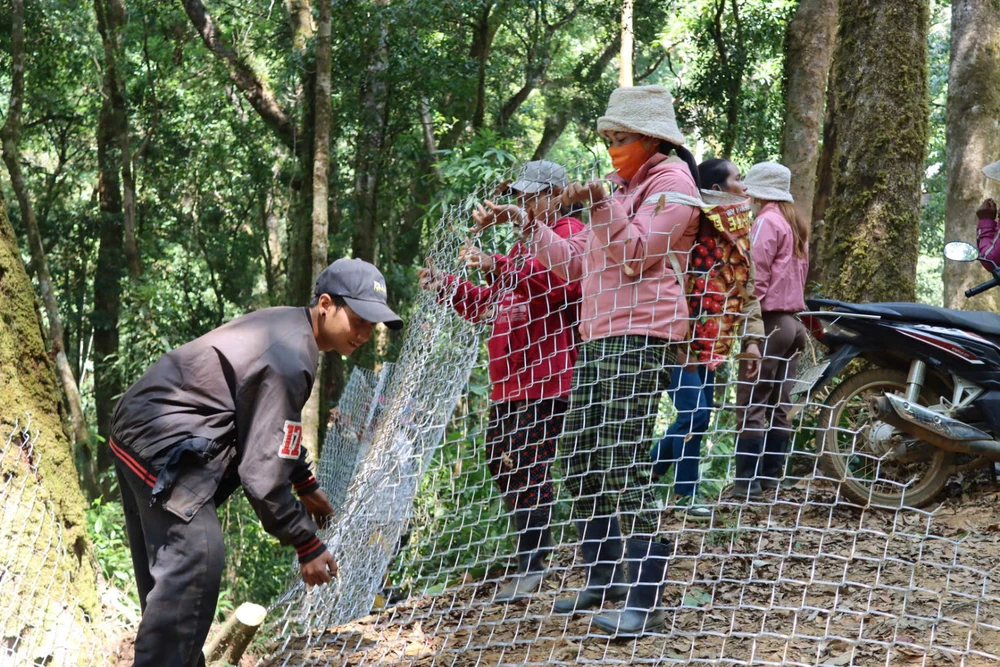
Simultaneously, preserving and promoting the traditional cultural identity of the Xơ Đăng people is considered a core element for developing ecotourism and experiential tourism associated with medicinal herb gardens – a promising direction that aligns with current development trends. The reorganization and streamlining of administrative boundaries from 11 communes to 4 will lead to more efficient management and operation, concentrating resources on key development areas.
With a sustainable development orientation and existing potential, Tu Mo Rong will enter a new era, an era of rising up alongside the country with confidence and the ability to thrive, ready to face challenges and seize opportunities in the future.
Source: https://www.sggp.org.vn/tu-mo-rong-tu-vung-dat-kho-den-thu-phu-duoc-lieu-tay-nguyen-post793940.html




![[Photo] Prime Minister Pham Minh Chinh presides over a meeting on private sector economic development.](/_next/image?url=https%3A%2F%2Fvphoto.vietnam.vn%2Fthumb%2F1200x675%2Fvietnam%2Fresource%2FIMAGE%2F2025%2F12%2F20%2F1766237501876_thiet-ke-chua-co-ten-40-png.webp&w=3840&q=75)































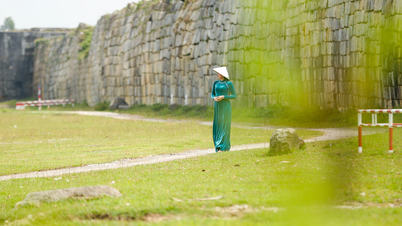
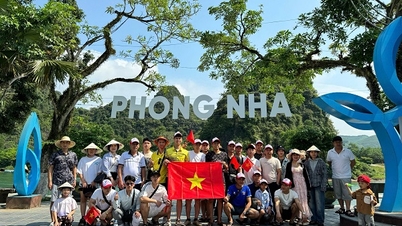



























































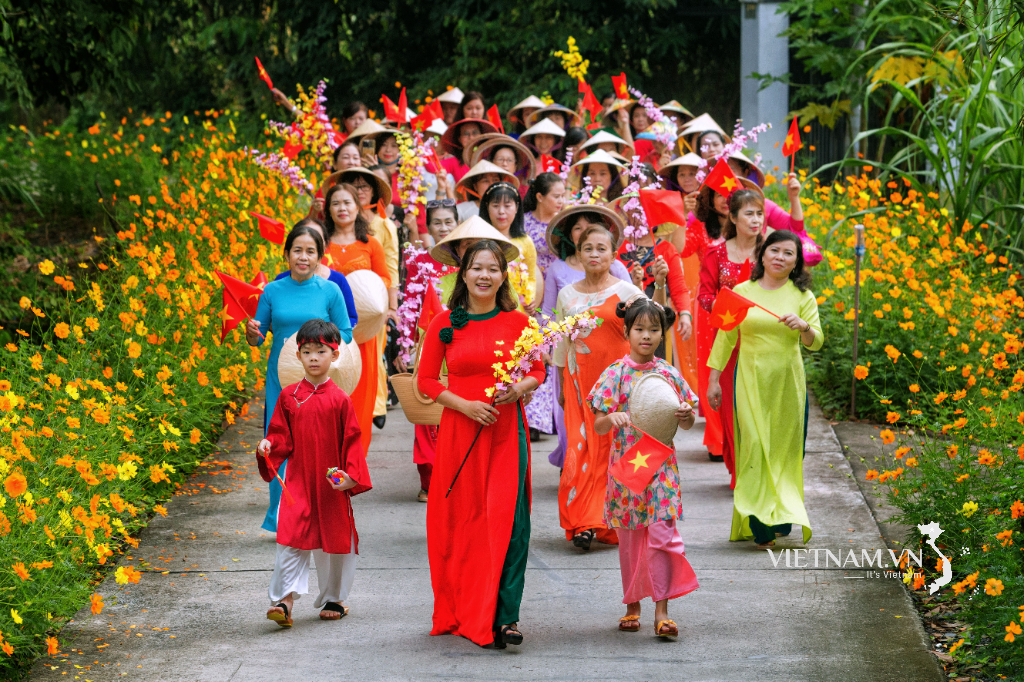

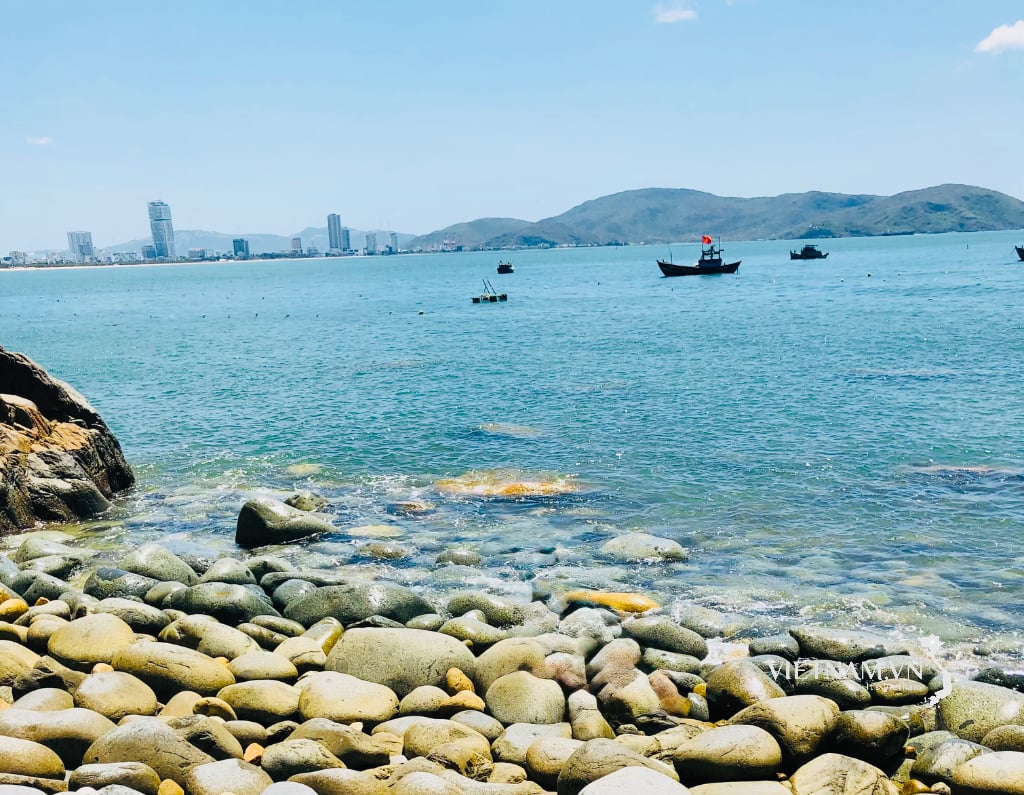
Comment (0)